Podcast: Play in new window | Download | Embed
How do you know when you have made it? When the lawyers start coming around. As Hip-Hop was becoming more a part of the mainstream daily, all of sudden, the checks got bigger. At least it did for some. What started out as Black, block party music in New York City over a decade prior was now very big business, and about to get bigger, which also drew the attention of an unfair, racist system that wanted it gone. #hiphop #oldschool
WARNING: This program contains language and subject matter some may find objectionable. There are also no ballads in this program. Repeat, no ballads.
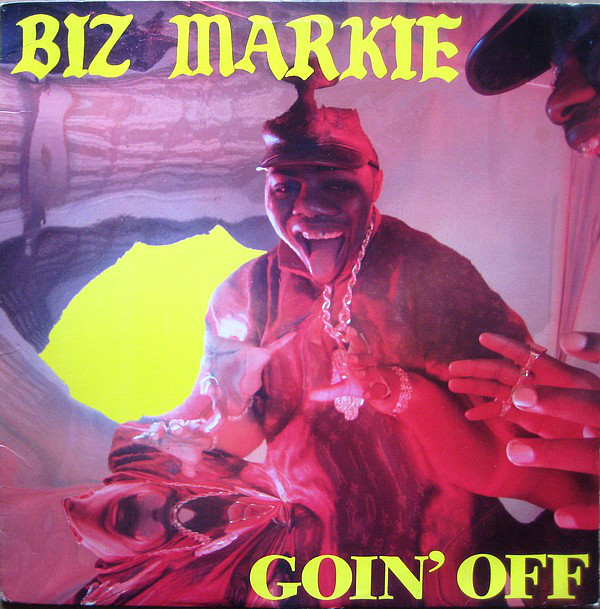
Before we begin, I am dedicating this program to Marcel Theo Hall, known to us all as Biz Markie, whom I am featuring later in this program. He died from complications due to Type 2 diabetes on July 16th, 2021, at the age of 57. According to the National Department of Health and Human Services, Blacks are more than one and a half times more likely to have Type 2 diabetes, more than three times more likely to be diagnosed with Type 2 diabetes kidney failure and more than two times the national average to have a limb amputated due to Type 2 diabetes. Contact the American Diabetes Association toll free at 1-800-DIABETES (800-342-2383) or visit them online at https://www.diabetes.org/ for resources that can help you toward wellness.
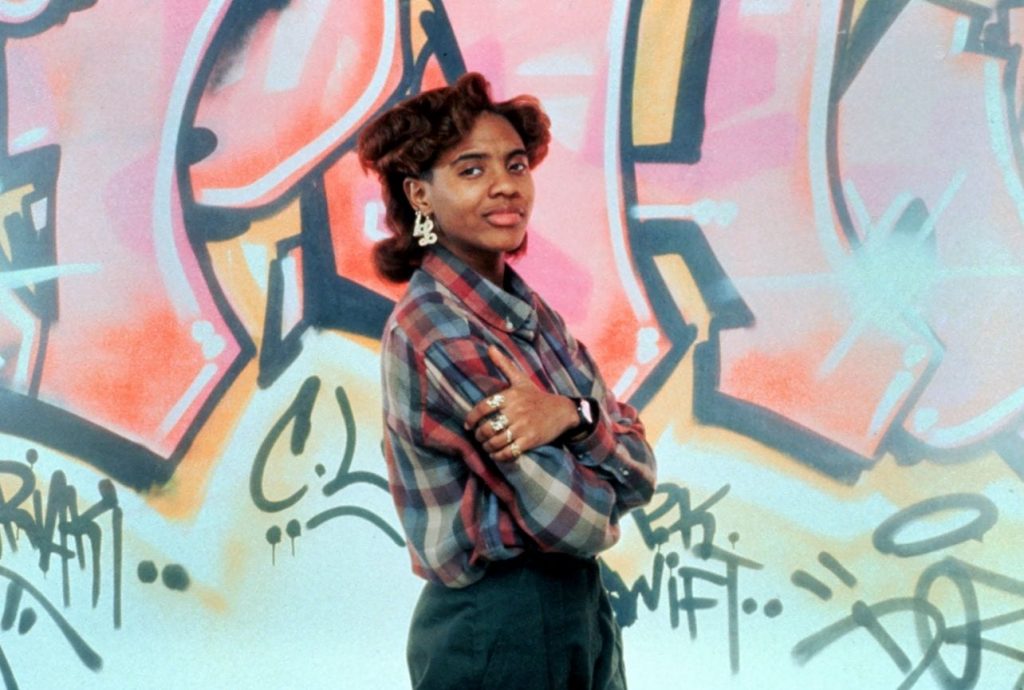
’88 and ’89 were times of immense change during the Golden Age of Hip Hop. With major labels offering loads of cash, many independents could not compete and were either bought out by bigger companies or folded altogether. A few new independent labels did spring up, but it wasn’t too long that allegations of financial mismanagement, whether true or not, were sprouting everywhere from artists believing they were being ripped off. Being responsible for one’s own finances led to one of Hip-Hop’s most famous catchphrases, “gettin’ paid”.
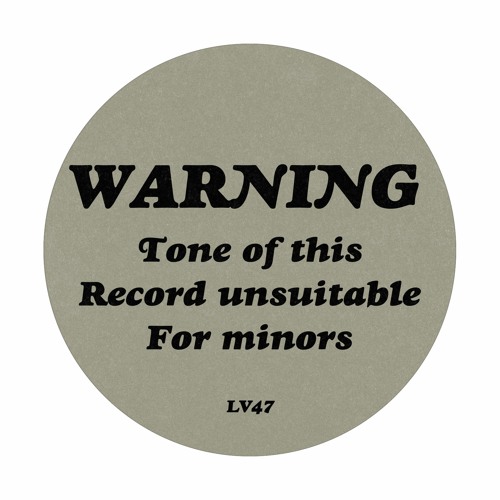
During this time, it seemed that artists were coming under fire and losing court battles due to their use of unauthorized samples and interpolations. In the case of Grand Upright Music vs. Warner Brothers, which revolved around a track by Biz Markie, acts now to obtain permission to have their work sampled. In the case of De La Soul using a sample by 1960’s rock group The Turtles, they had to also be credited and receive compensation as a matter of copyright; tracks that used samples were not to be considered “transformative works”, as it is often applied to in visual art.

In order to stand out in what was becoming an increasingly crowded field, Hip-Hop artists were carving out individual niches in order to build a particular fan base. Socially conscious rap, which dealt with topics like feminism, strength through unity and addressing systemic inequality was one. Gangsta Rap, on the other hand, dealt with themes of violence, and could be homophobic, misogynistic and glorified dangerous, illicit professions, was another.

Some artists jumped straight into Hip-Hop subgenres that were good money makers at the time and weren’t considered as controversial, such as Freestyle, Hip-Hop Soul, Dance and New Jack Swing. And some found their biggest successes by utilizing time tested tricks that had worked for Pop songs for ages: sometimes humorous, short tracks, with plenty of hooks and catchphrases. The latter would prove very successful on mainstream radio, but many white owned stations of the era still refused to play Hip-Hop whatsoever, in spite of massive sales data, which at the time negatively impacted official chart positions of trade publications.

One thing that was sadly more sinister during this time that would rear its ugly head: using racism and censorship to attempt to silence artists by hiding behind public morality and obscenity codes. Even though there was large sums of money to be made in Hip-Hop recordings, some major retailers, such as Wal-Mart, refused to carry releases with Parental Advisory stickers. Because at the time they sold approximately 1 out of every 4 albums in the U.S., there were some Hip-Hop releases you could not find in large parts of the country.

As some Hip-Hop acts became more explicit, government groups, often spurred on by racist, white politicians, were targeting, suing, shutting down and using intimidation tactics to silence those acts they believed were not favorable to the police and the establishment, or were simply considered lewd and a danger to community moral standards. Some music publishing companies even went as far as to block the use of their catalogues to Hip-Hop artists who wished to cover a particular recording as a parody.
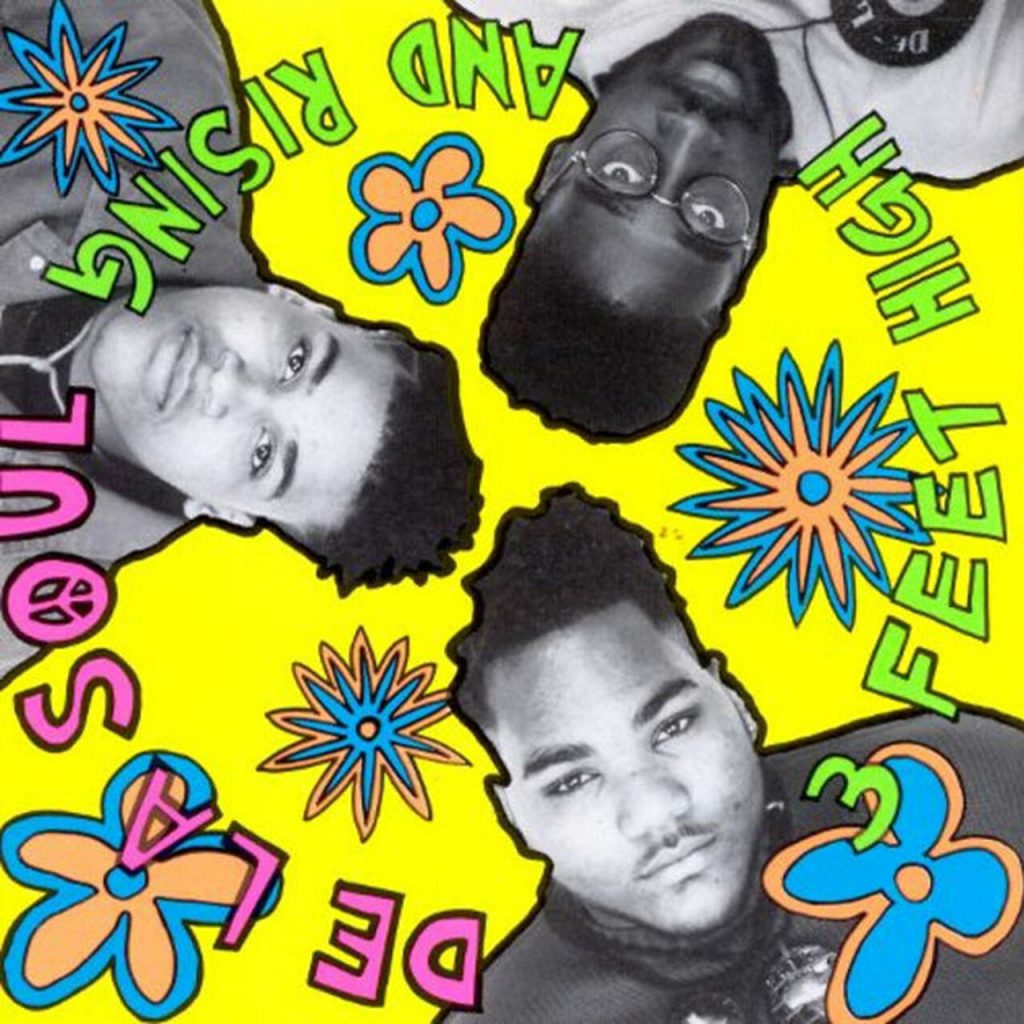
One of these cases was decided in the 11th Circuit Court of Appeals; another went all the way to the Supreme Court, and the Hip-Hop artist, 2 Live Crew, won both. The lesson here, children of the revolution, is this: be careful what you wish for, especially if you’re a member of a marginalized population that has suddenly made the big time, because someone else who is entrenched in maintaining a faulty, systemically unfair system is not going to want you there, but will still be happy to make money in some manner off of your talent regardless.
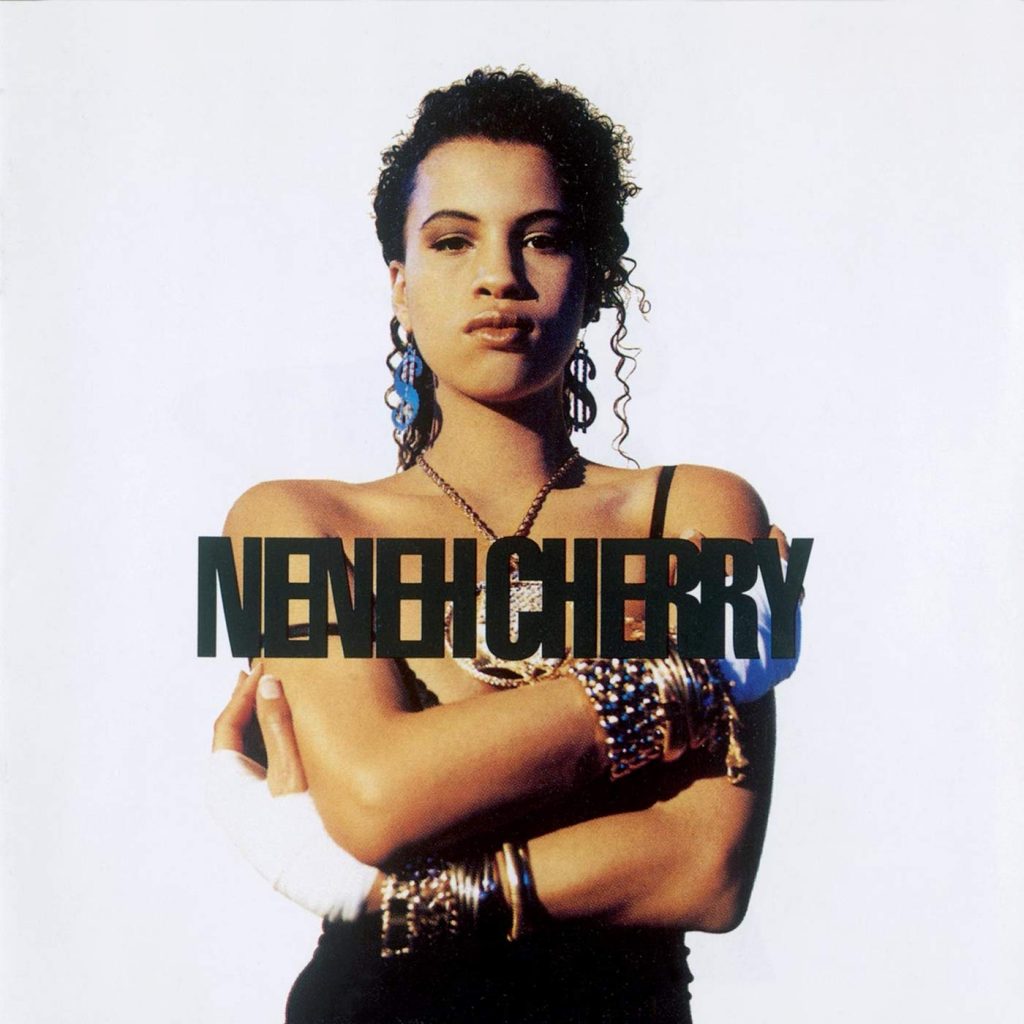
I am told by those far better in the know, knowledge and understanding and respect for Hip Hop and its roots are vital. This is the fifth and final part in a series of shows that focus on some fan favorites and key tracks in Hip-Hop’s first decade.
First Part
- Ladies First, 1989, Queen Latifah (featuring Monie Love), All Hail The Queen
- Cusswords, 1988, Too $hort, Life Is…Too $hort
- Ain’t No Half Steppin’, 1988, Big Daddy Kane, Long Live The Kane
- No More Lies, 1989, Michel’le, Michel’le
- Fuck Tha Police, 1988, N.W.A., Straight Outta Compton
- Buffalo Stance, 1989, Neneh Cherry, Raw Like Sushi
- It Takes Two, 1988, Rob Bae and DJ E-Z Rock, It Takes Two
- 10% Dis, 1988, MC Lyte, Lyte As A Rock
- Wild Thing, 1988, Tone Loc, Loc’ed After Dark
Second Part
- Children’s Story, 1988, Slick Rick, The Great Adventures of Slick Rick
- I’ll House You (remix), 1988, Jungle Brothers, version 2 of Straight Out Of The Jungle
- Me Myself and I, 1989, De La Soul, 3 Feet High And Rising
- They Want Money, 1989, Kool Moe Dee, Knowledge is King
- Cars With The Boom, 1988, L’Trimm, Grab It!
- Vapors, 1988, Biz Markie, Goin’ Off
- Rebel Without A Pause, 1988, Public Enemy, It Takes A Nation Of Millions To Hold Us Back
- Supersonic (second version), 1988, JJ Fad, Supersonic: The Album
Finale
- Me So Horny, 1988, 2 Live Crew, As Nasty As They Wanna Be
Love to you all.
Ben “Daddy Ben Bear” Brown Jr.
Host, Show Producer, Webmaster, Audio Engineer, Researcher, Videographer and Writer
Instagram: brownjr.ben
Twitter: @BenBrownJunior
LinkedIn: benbrownjunior
Design Site: aospdx.com
“Copyright Disclaimer Under Section 107 of the Copyright Act 1976, allowance is made for ‘fair use’ for purposes such as criticism, comment, news reporting, teaching, scholarship, and research. Fair use is a use permitted by copyright statute that might otherwise be infringing. Non-profit, educational or personal use tips the balance in favor of fair use.”
